Because your plant babies deserve the best possible home.

The 16 Best Pots for Indoor Plants, According to a Plant Stylist
Green thumbs or not, we could spend hours researching how to care for houseplants, from watering tips and soil selection to the best pots for indoor plants. No shade to pets or actual human children, but we very much view our plant babies as members of the family. For insight on how to give them the best possible home—which can in turn help them thrive—we tapped Lindsay Wallstrum, plant stylist and founder of LA-based Leaf and Lolo, for her pro tips.
Number one on her list? Determining the right size pot to buy for each plant. “I always recommend buying buying a pot that's one to two inches larger than the previous pot for smaller plants, and three to four inches larger for big plants,” she explains. “This ensures that the plant has ample room to grow, but not so much that it has more soil than roots.”
Ahead, find Wallstrum's additional guidelines for selecting the best pots for indoor plants, from brand-new babies fresh from the nursery to free-flowing air plants and propagation cuttings.
Best Pots for Nursery Plants
New plants straight from the nursery afford a bit more creativity in the planter department. Because they're already housed in their plastic nursery pots and will be comfortable there for the next few weeks to months, you can simply plop them in a more aesthetically-pleasing vessel right off the bat to conceal the plastic exterior.
Another bonus: Drainage holes aren't as important here since the plastic nursery pot will have them, meaning the sky's the limit when it comes to choosing a pot. Wallstrum recommends woven baskets for a decorative touch, adding that you can line them with a saucer for drainage purposes or remove the plant entirely for waterings.
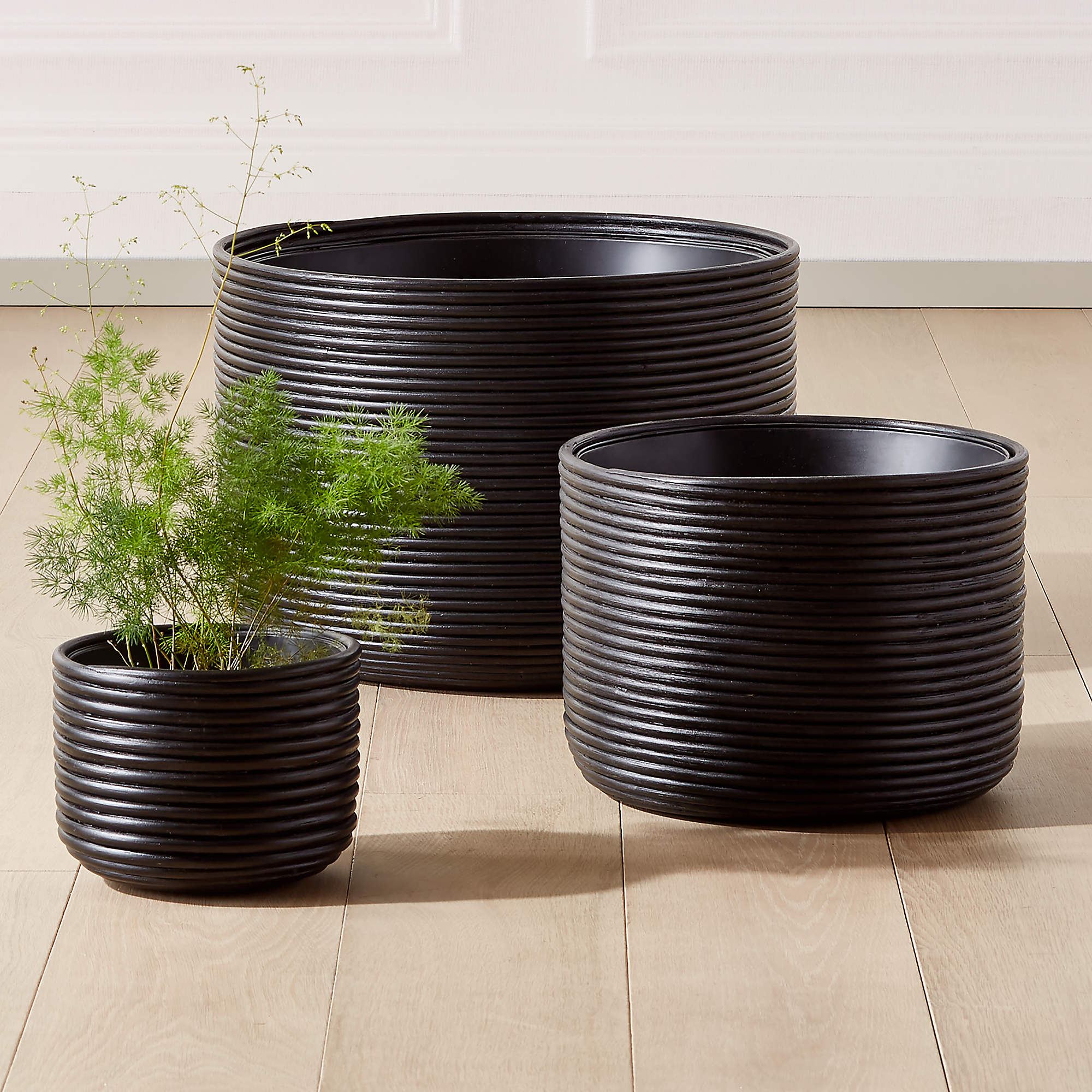
Black Rattan Planters
$50CB2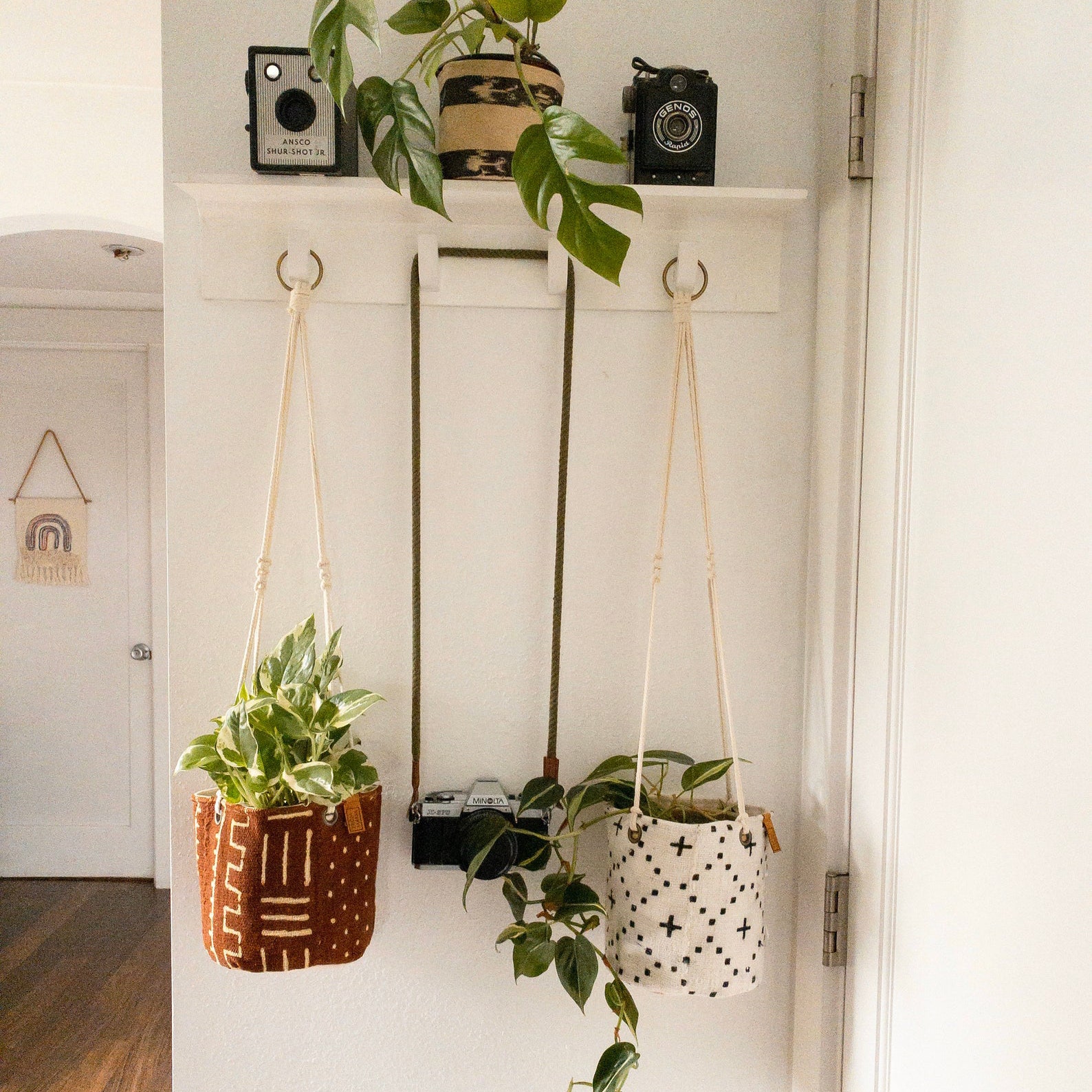
Mudcloth Plant Basket
$25Etsy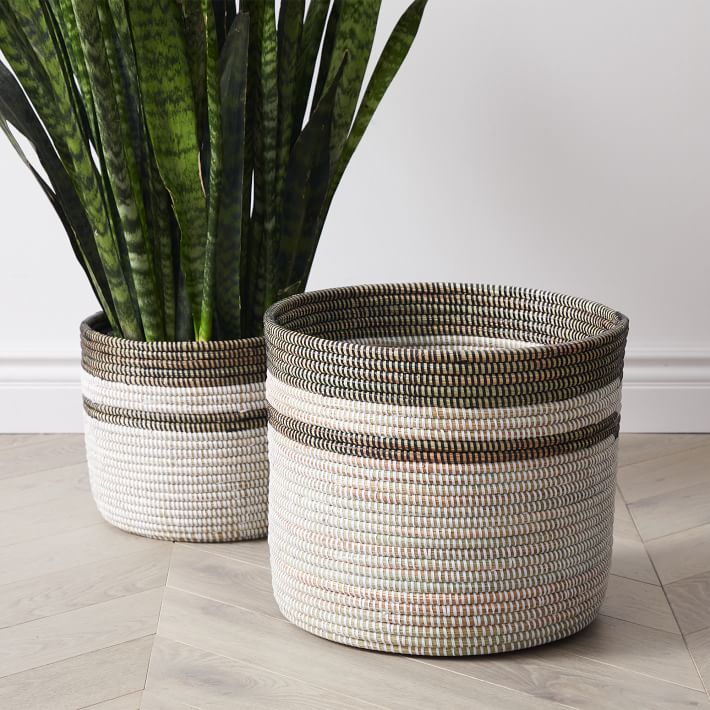
West Elm Colorblocked Basket Floor Planters
$75West Elm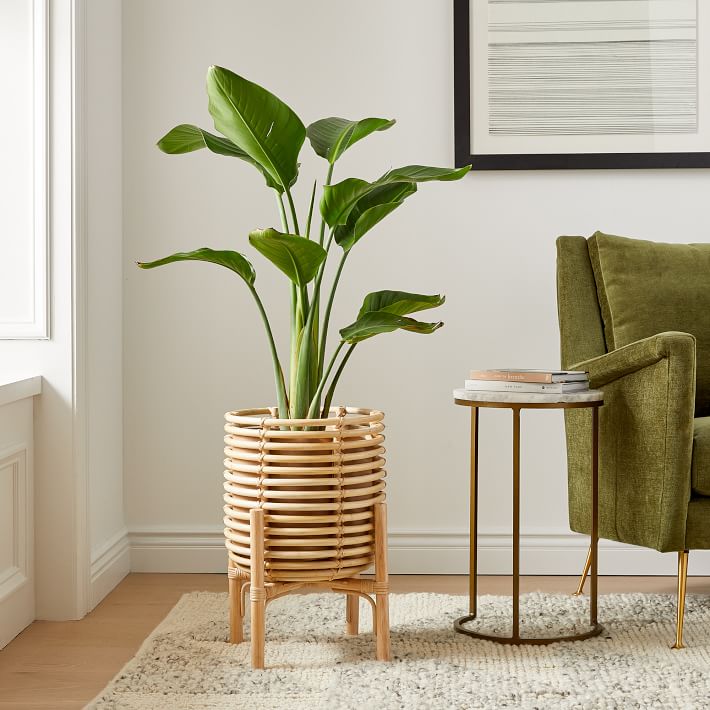
Adobe Rattan Planter
$99West ElmBest Pots for Indoor Plants
Once your plant grows out of its nursery pot and is ready for a more spacious home, it's time to invest in a more long-term vessel. Considering that overwatering is one of the most common reasons for dead houseplants (RIP), drainage holes are incredibly important. Without them, your plant can easily become waterlogged and suffer from potentially life-threatening conditions, like root rot.
Drainage holes especially important for desert natives like succulents and cacti, which prefer their soil to dry out at least 50% between waterings. Material is also a consideration — plastic pots tend to retain water more than their natural counterparts, like stone, ceramic, and earthenware. Wallstrum swears by a solid terracotta pot with an accompanying saucer to protect your floors and surfaces post-watering.
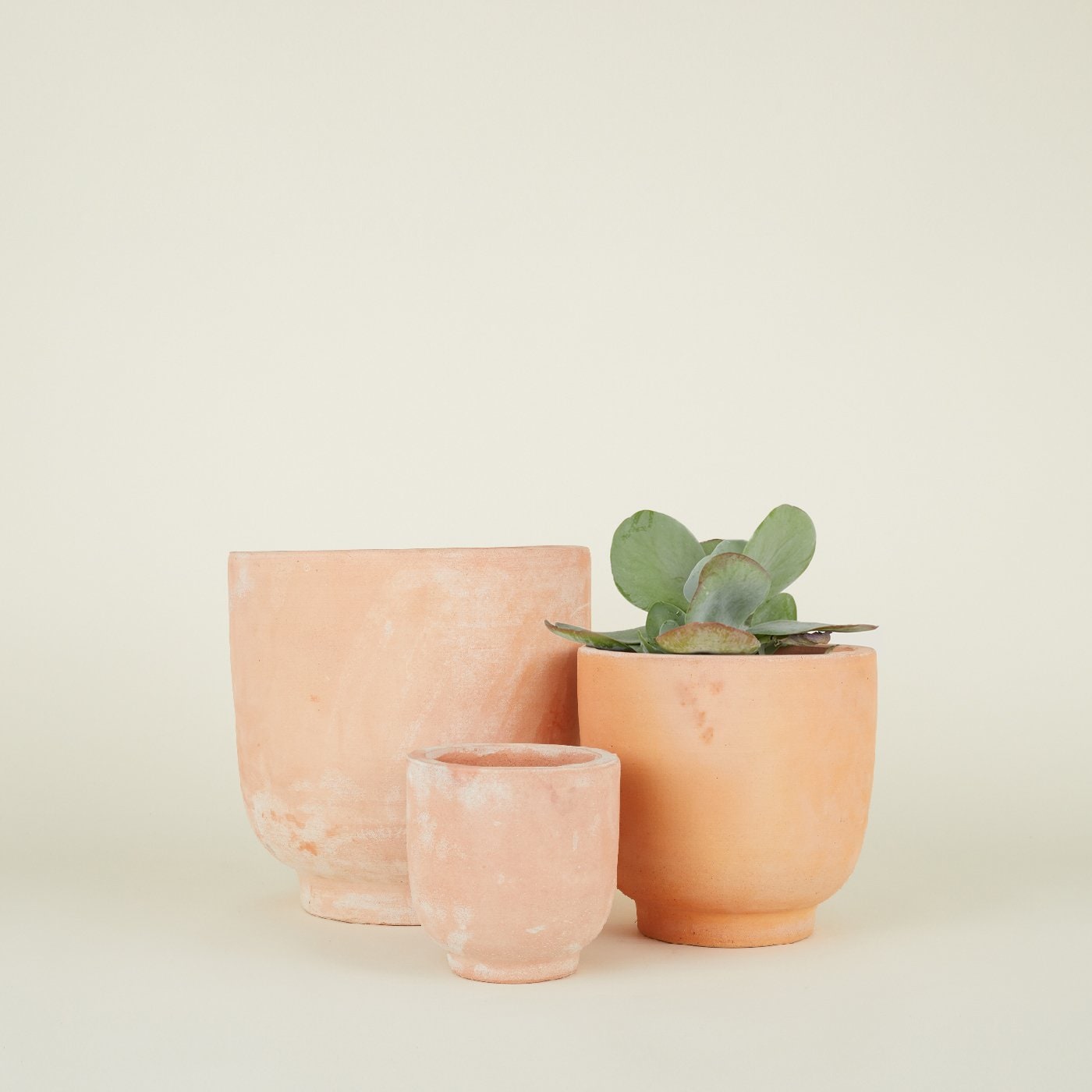
Terracotta Footed Planters
$65Hawkins New York
Areaware Stacked Porcelain Planter
$72Food52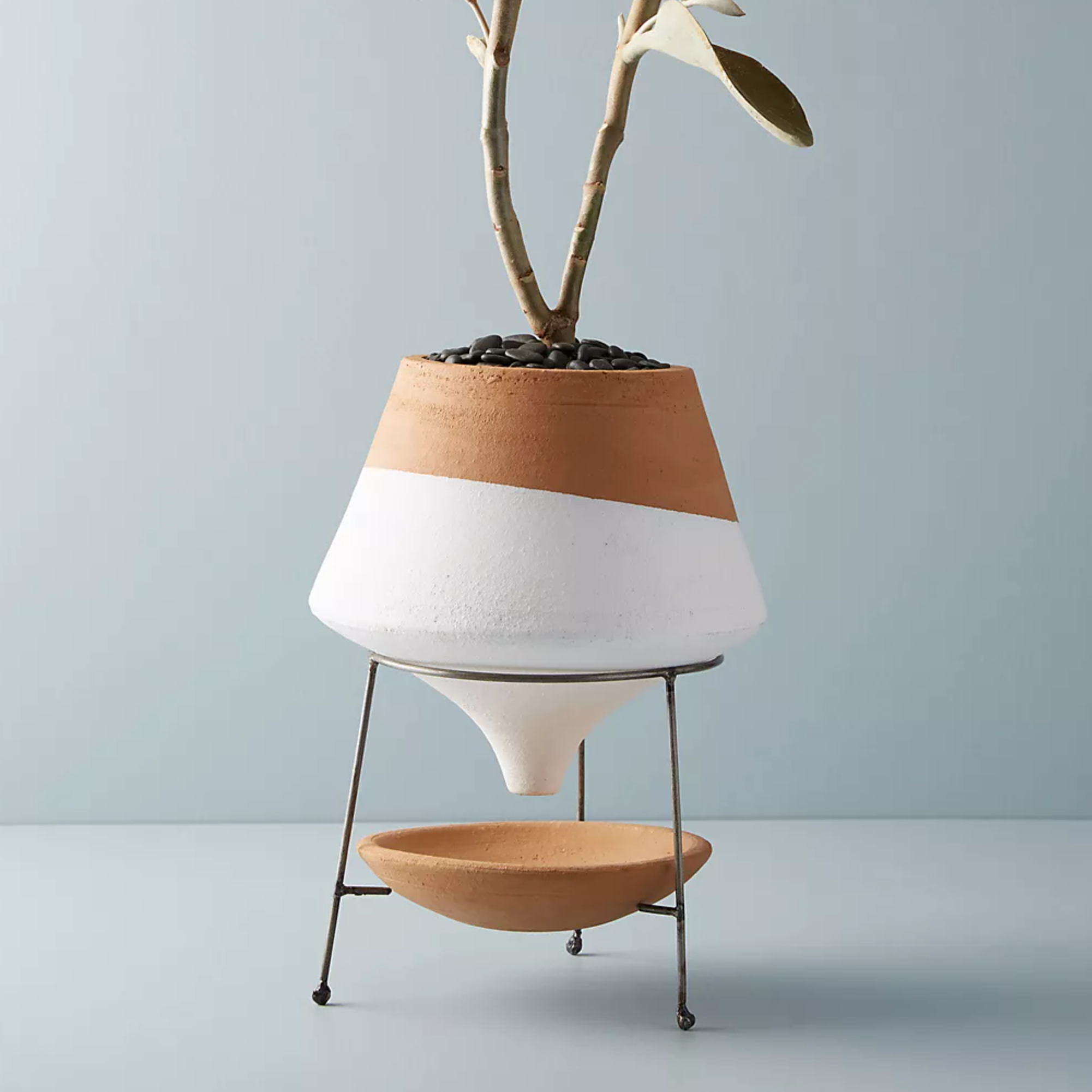
Dipped Clay Pot + Stand
$58Anthropologie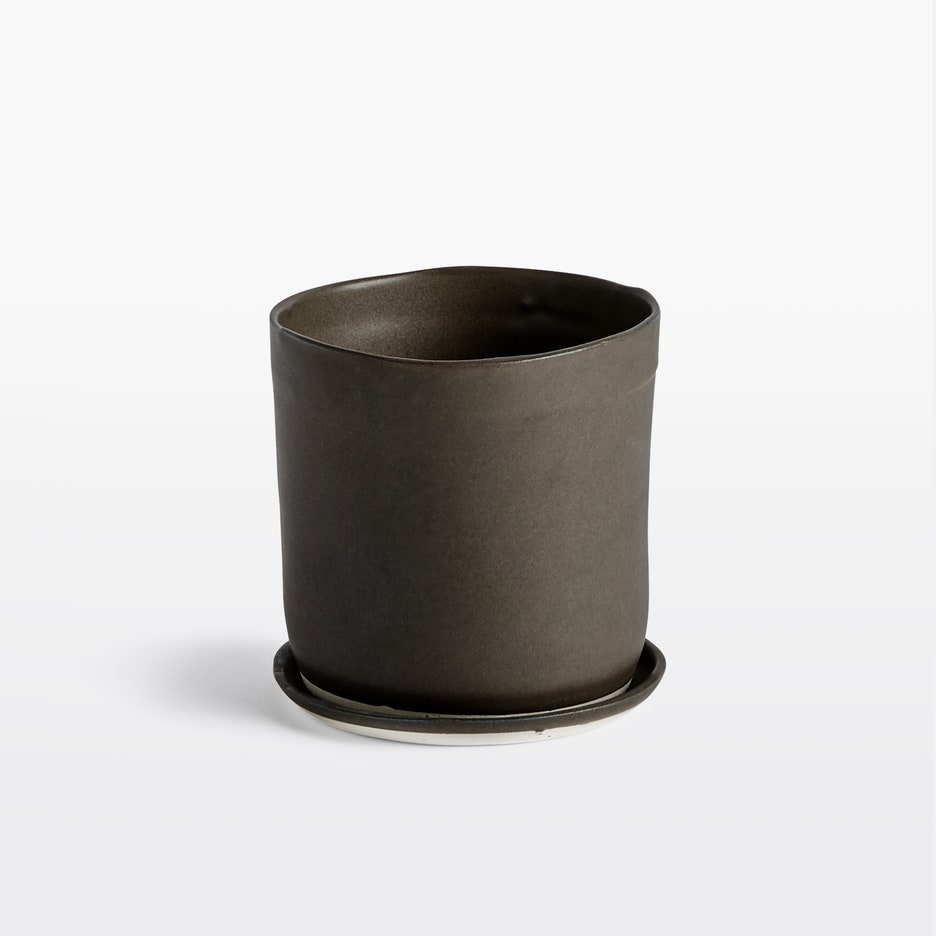
Judy Jackson Planter with Saucer
$36RejuvenationBest Pots for Trailing Plants
Trailing plants bring some drama to your space, and while the same rules as above apply for these, they'll really thrive in a pot that allows their foliage to cascade and trail downwards. Ceiling and wall planters with ample space around them are great options for houseplants like pothos, philodendrons, ferns, spider plants, and string of pearls. You can place nursery pots directly into these vessels and remove for waterings, or look for a hanging planter with a proper drainage hole (again, removing it for waterings).
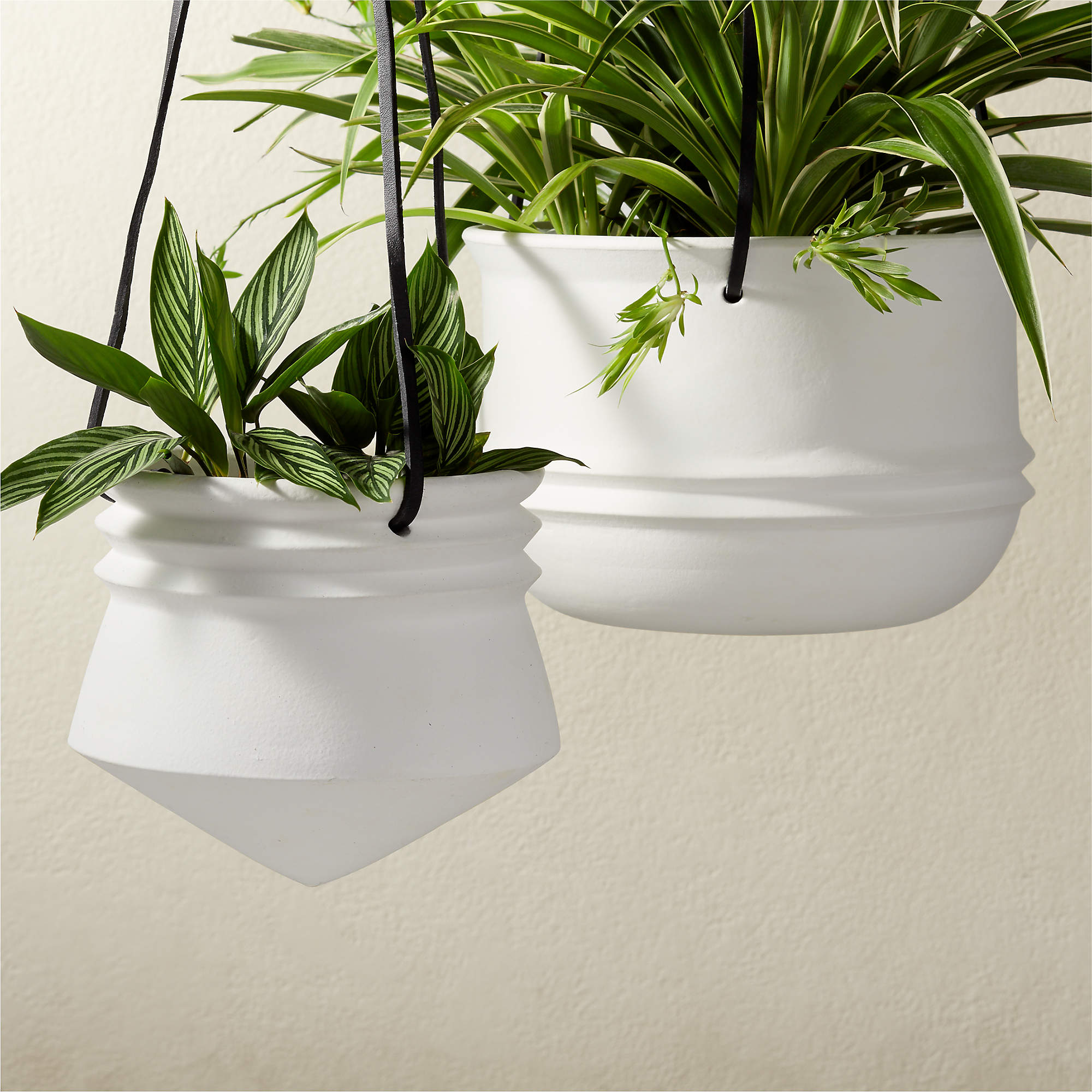
Arlo Hanging Planters
$30CB2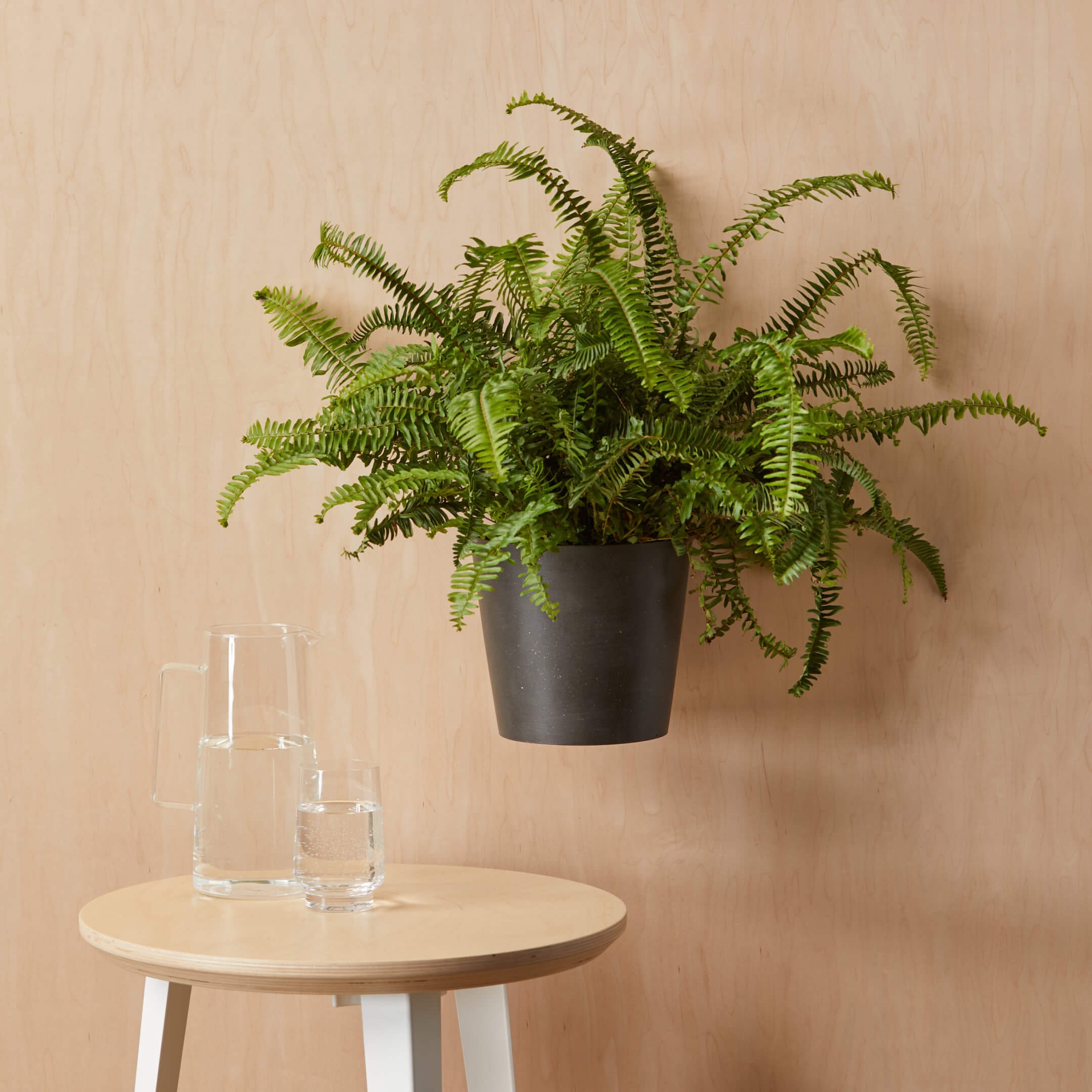
Ecopots Round Wall Hanging Pot
$35Bloomscape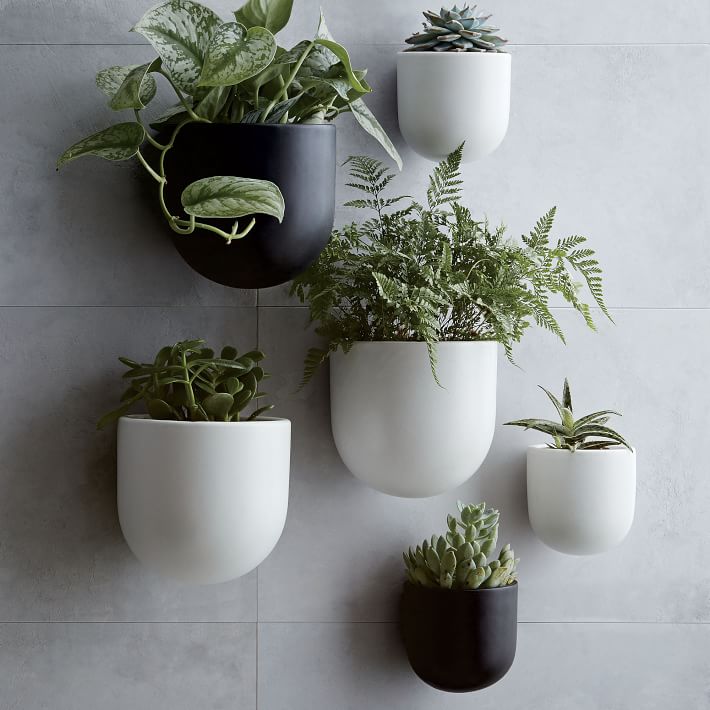
Ceramic Indoor/Outdoor Wallscape Planters
$23West Elm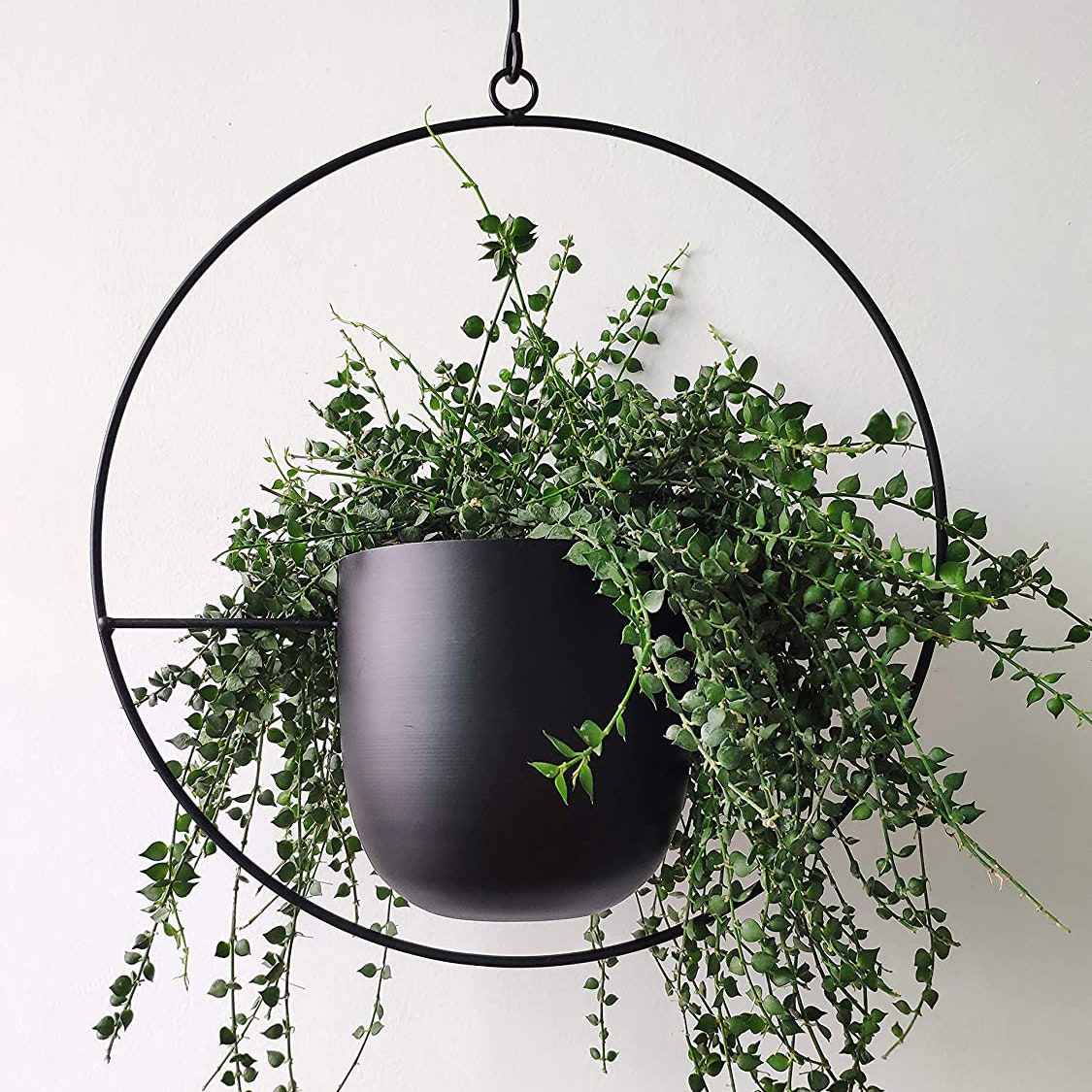
RISEON Black Metal Plant Hanger
$30AmazonBest Pots for Air Plants & Cuttings
Hanging glass orbs and dramatic wall planters may look enticing online, but Wallstrum contends that these planters are really better-suited to small air plants and propagation cuttings. “These vessels are adorable, but don't really allow for soil and therefore may not be great long-term homes for proper plants," she explains.
The more transient nature of air plants and cuttings makes them a great candidate for more precarious environments, like glass orbs, arched frames, and small wall planters. Of course, make sure all cuttings are submerged in water, and regularly dust and soak your air plants for optimal health.
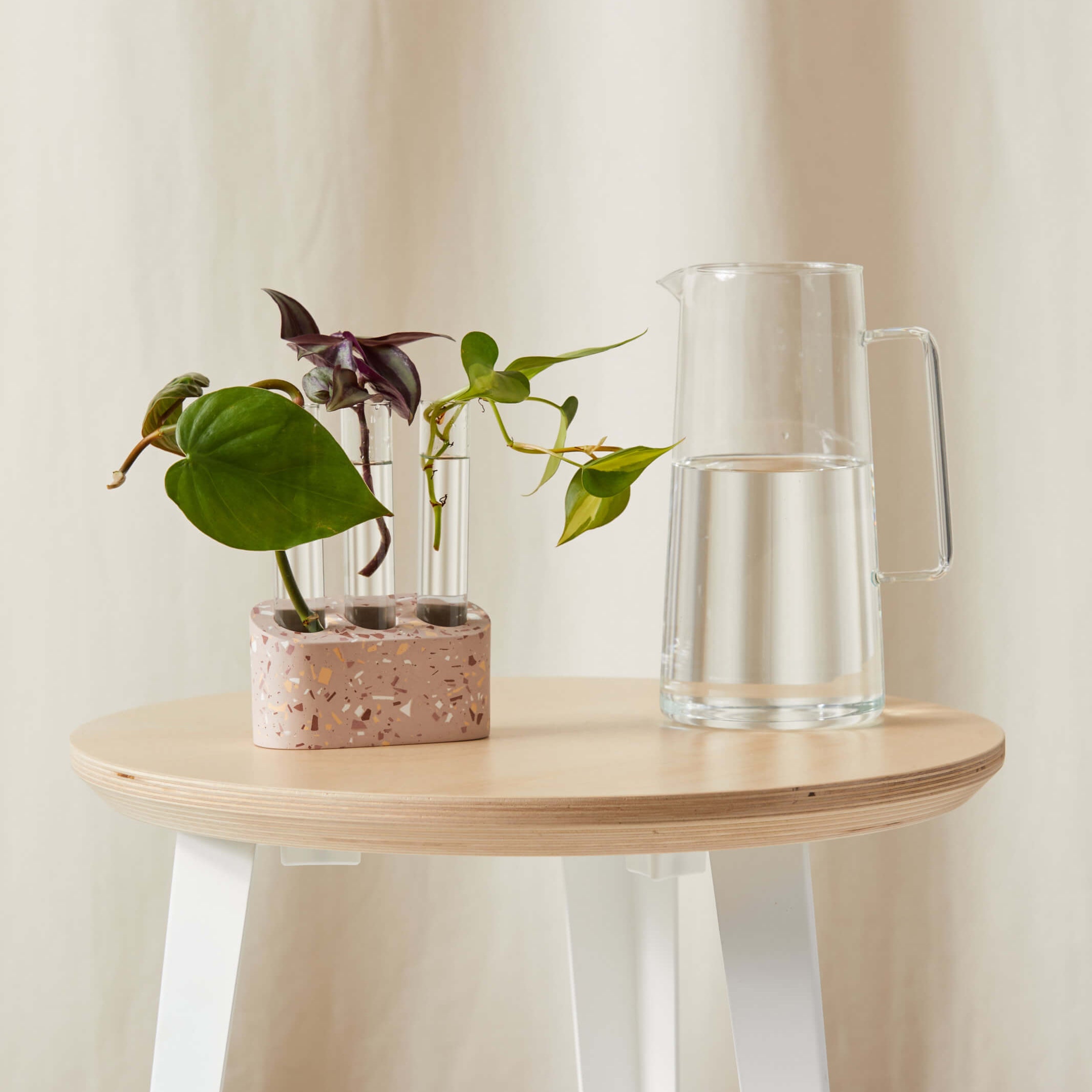
Multi Tube Propagation Kit
$45Bloomscape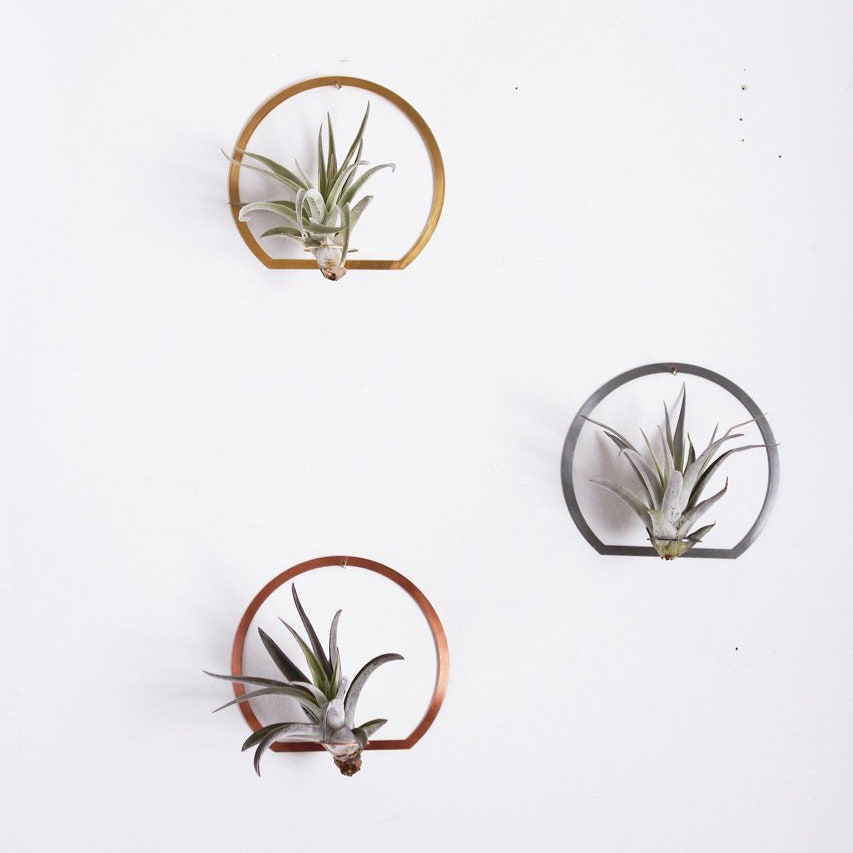
Rare Bird Designs Arch Frame Air Plant Wall Holder
$28Pauline Stanley Studio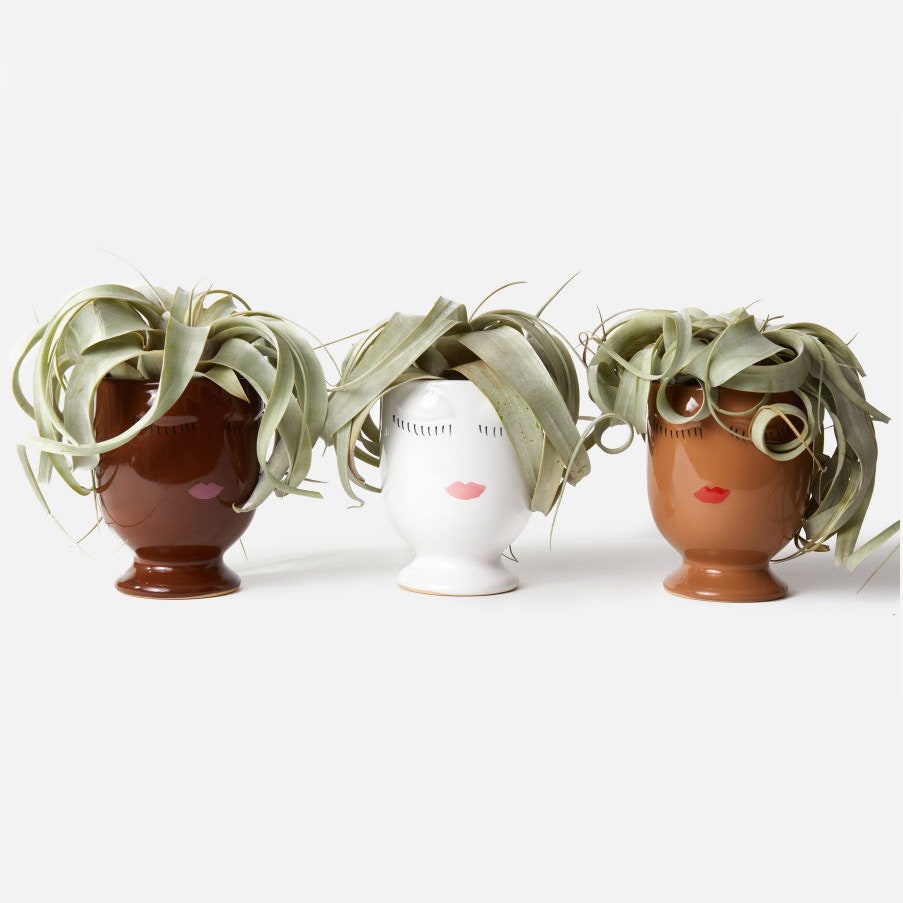
The Cathy Air Plant & Pot
$50Urban Stems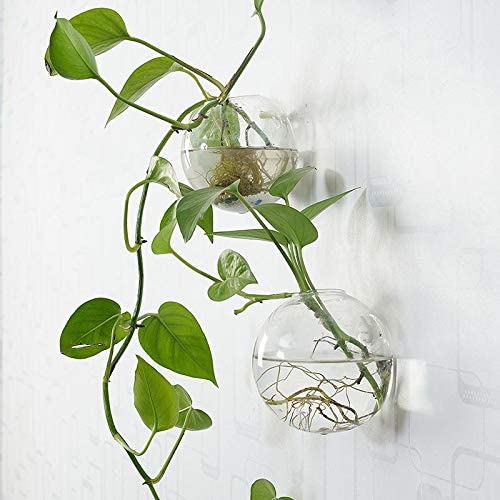
Ormina Pack of 2 Glass Planters
$14AmazonThis story originally appeared on: Glamour - Author:Kelsey Clark


























